Scroll Down to Read Today’s Essay
Subscribe to Baseball History Comes Alive for automatic updates. As a Free Bonus, you’ll get instant access to my Special Report: Gary’s Handy Dandy World Series Reference Guide!
Gil Hodges Photo Gallery
Click on any image below to see photos in full size and to start Photo Gallery:
Let’s Remember Gil Hodges on the One Hundredth Anniversary of His Birth!!
“Gil Hodges was the core of the Brooklyn Dodgers.” –Jackie Robinson
“Gil was a great player, but an even greater man.” -Duke Snider
“I’ve never met a finer man.” – Johnny Podres
These accolades reveal just how much Gil Hodges meant to his teammates and to all who knew him. So let’s take a moment to remember this fine ball player on the one-hundredth anniversary of his birth this week, April 4, 1924, with a few words about his outstanding career:
Gil Hodges’ Career
No doubt August 31, 1950, was a memorable day in the career of Gil Hodges. On that day, he became the sixth player in major league history – and only the fourth player in the 20th century – to hit four homers in one game. He’s currently one of only 18 players to accomplish the feat. He also tied the major league record for total bases with 17. Gil hit the homers off four different pitchers, the first being Warren Spahn. Ironically, Carl Furillo was on base each time.
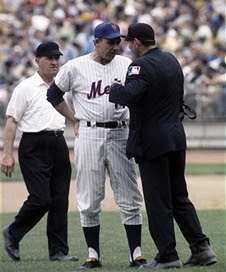
The Princeton, Indiana native played 18 seasons in the major leagues (1943, 1947-’63) for the Dodgers (1943, 1947-‘61) and the Mets (1962-’63). Over his career, he hit .273, with 370 home runs,1294 RBIs, 1105 runs, 1274 doubles, a .359 on-base percentage, and a .487 slugging average. His OPS+ of 120 places him well above his contemporaries. In 39 post-season games, he hit .267 with five home runs and 21 RBIs.
The eight-time All Star was generally considered the best defensive first baseman of the 1950s, earning three Gold Glove awards and leading the league in many defensive categories. After his playing career, he managed the Senators (1963-’67), and the Mets (1968-’71), including the 1969 World Series championship, one of the greatest upsets in Fall Classic history.
Other Highlights From His Life and Career:
- He was a member of three World Series championships: 1955, 1959, and 1969.
- He was the National League leader in putouts, assists and fielding average three times each; and in double plays four times.
- When he retired, he ranked second in the National League with 1,281 assists and 1,614 double plays, and was among the league’s career leaders in games (6th) and total chances at first base (10th).
- Gil served in combat as an anti-aircraft gunner in the battles of Tinian and Okinawa, and received a Bronze Star Medal with Combat “V” for heroism under fire.
- On June 25, 1949, Gil hit for the cycle.
- In 1949, he tied Hack Wilson’s Dodger club record for home runs by right-handers with 23.
- In 1951, he became the first Dodger to hit 40 home runs. He again topped the 40 mark in 1954 with 42. He had six seasons with over 30 home runs.
- He drove in 100-or-more runs in seven straight seasons (1949-1955) and had 11 straight seasons (1949-59) with at least 20 home runs.
- With his 140th home run in 1953, he surpassed Doph Camilli as the all-time Dodger home run leader. His 361 home runs with the Dodgers remain second in team history to Duke Snider’s 389.
- His 1,614 career double plays placed him behind only Charlie Grimm (1733) in National League history.
- His 1,281 career assists rank second in National League history to Fred Tenney’s 1,363, and trail only Ed Konetchy’s 1,292 among all right-handed first basemen.
- In 1957 Gil set the National League record for career grand slams, breaking the mark of 12 shared by Rogers Hornsby and Ralph Kiner; his final total of 14 was broken by Aaron in 1974.
Gil Hodges’ #14 was retired by the Mets in 1973. He was elected to the National Baseball Hall of Fame in 2022, and is a member of the New York Mets Hall of Fame. Gil passed away fifty-two years ago this week on Easter Sunday, April 2, 1972, of a heart attack shortly after finishing a round of golf.
Gary Livacari
Photo Credits: All from Google search
Information: Excerpts edited from the Gil Hodges Wikipedia page; stats from Gil Hodges Baseball Reference page
Subscribe to our website, Baseball History Comes Alive with over 1400 fully categorized baseball essays and photo galleries, now surpassing the one million hits mark with over 1,171,000 hits and over 950 subscribers: https://wp.me/P7a04E-2he
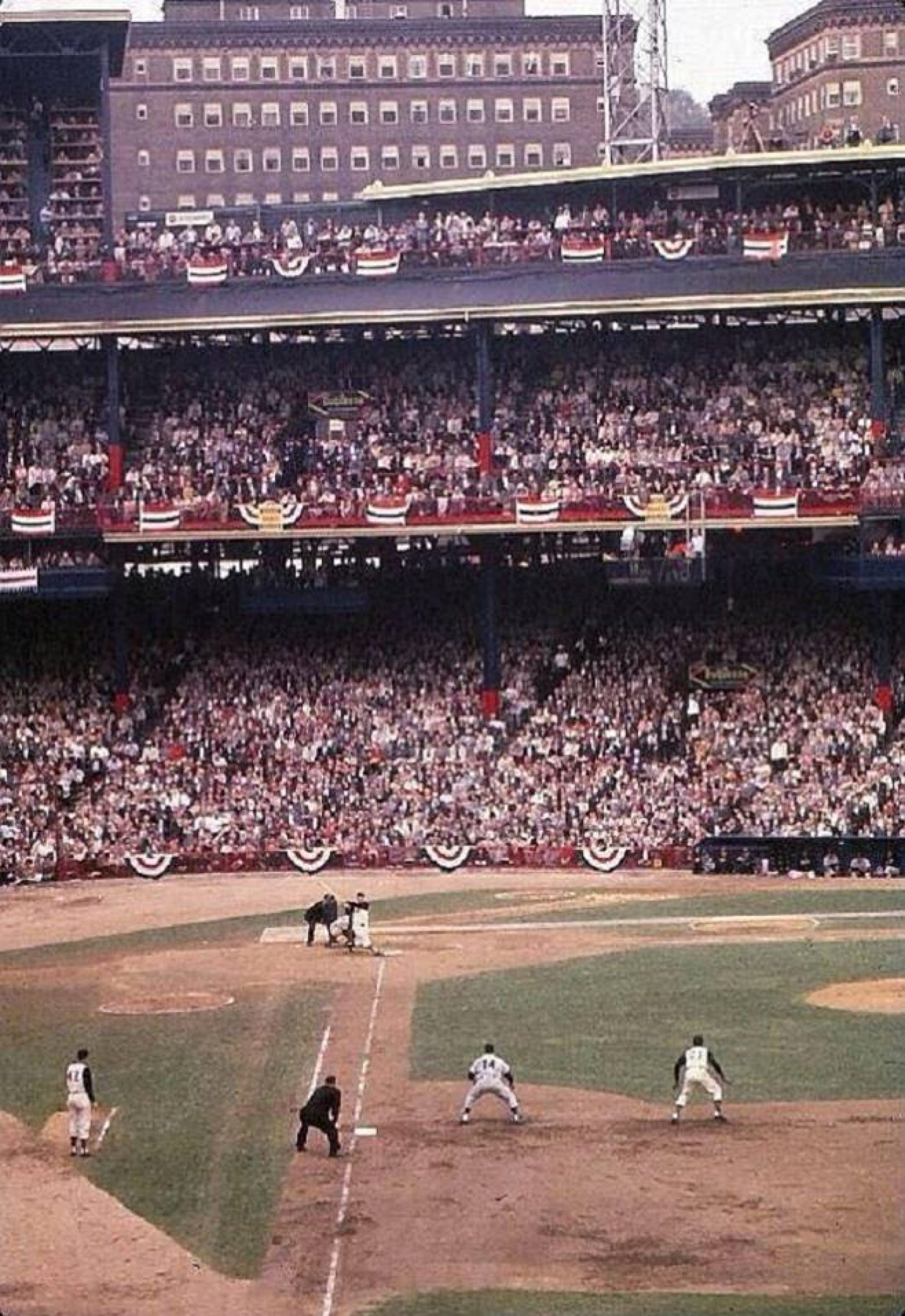
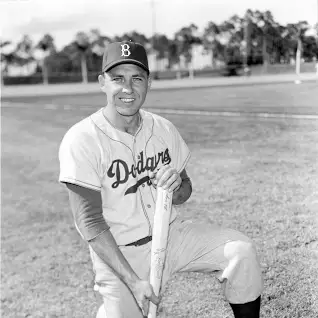
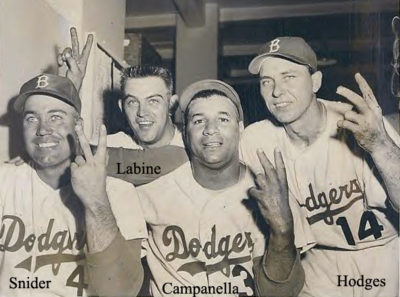
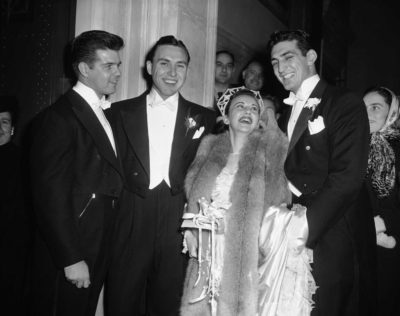
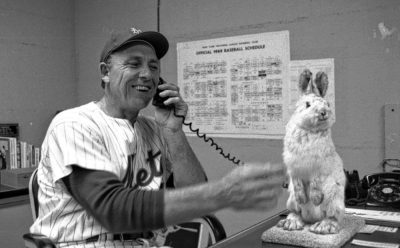
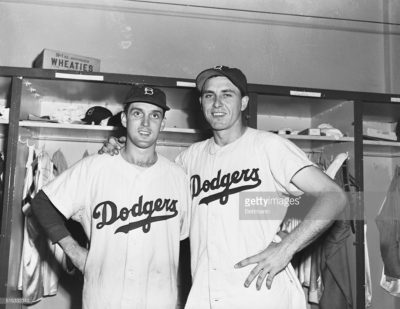
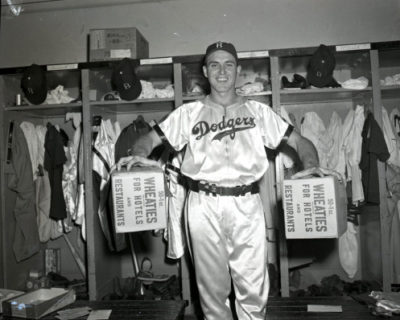
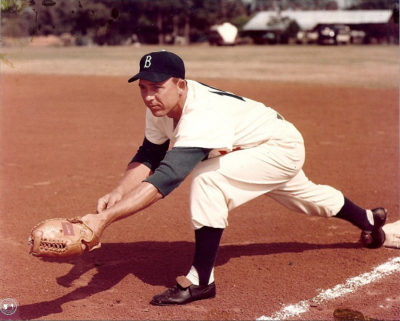
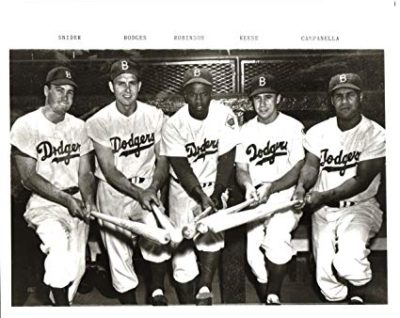
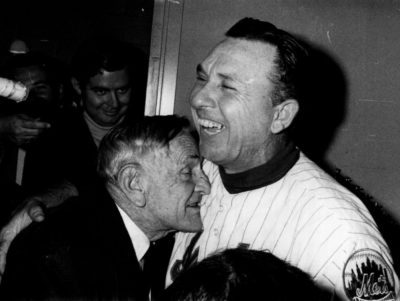
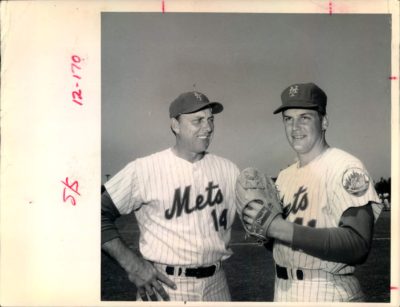
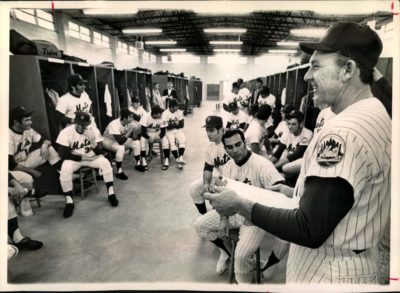
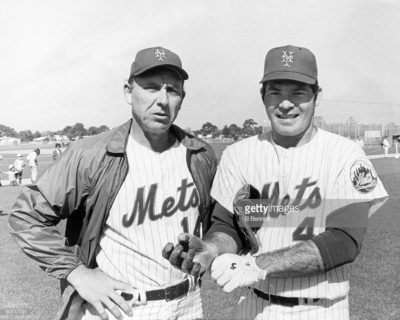
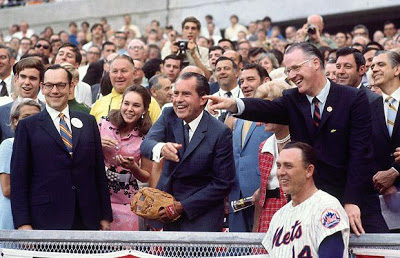
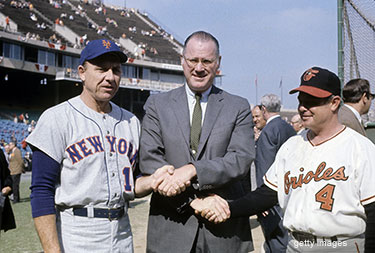
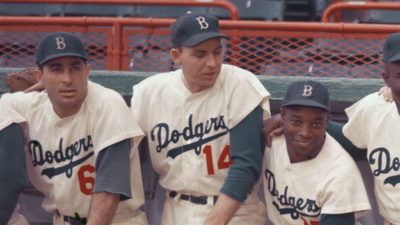
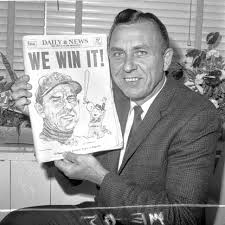
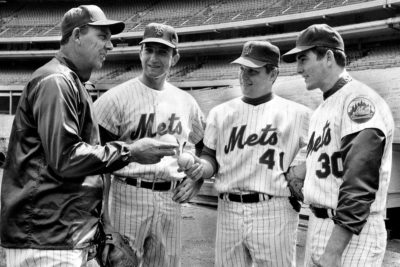

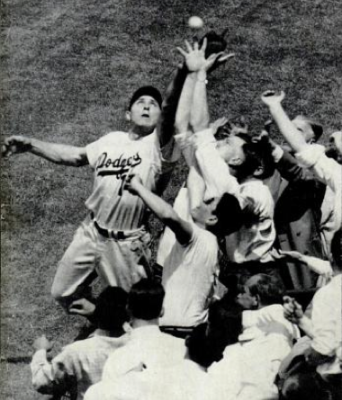
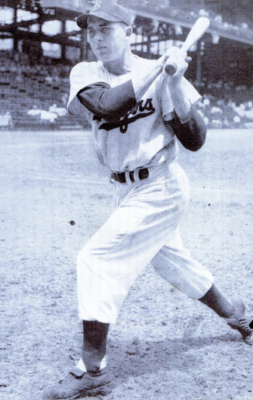

Gary, Thanks for the memories!
Thaks Kevin!
What great memories to a fine and decent man. Thanks Gary!
Thanks, Ken! Greatly appreciated!
Thanks Gary!
Amazing that Furillo was on base each time Gil blasted those four homers. Consistent power/clutch hitter. And he annoyed me as a Giants fan because he made tough plays at first base look so damn easy!
I interviewed him in 1968 in left field at Shea Stadium and tried to show Hodges how smart I was about a proposed trade involving third baseman Wayne Garrett. Gil looked at me for a second and said, “Bill, I think you know more about this trade than I do.” A real gentleman.
In a key august game in 1951 against the Dodgers, at the Polo Grounds, the Giants were about five games into their 16-game winning streak. Hodges was up in the 9th against right-hander Sheldon “Available” Jones with two on and two out, New York leading 3-1. A blast would sink the Giants. With the count 3-2, Jones threw a fastball at the knees over the outside corner that Jocko Conlon called “Strike three!’ It was close. Gil stood at the plate for a moment and then walked back to the dugout. He apparently thought it was low.
Sportscaster Win Elliott interviewed the big first baseman after the game and asked about the call. Hodges said, “Win, Sheldon Jones threw a perfect pitch.” Class.
And the perfect manager for the Mets in 1969.
We always like to set the record straight, Gary.
It was Win Elliot after the game interviewing Hodges and Jones who struck out Gil to preserve the Giants’ victory.
But I conflated it with another gut wrencher at the Polo Grounds earlier on June 28, which the Giants won 5-4 over Brooklyn. And it was home plate ump Al Barlick who punched out Hodges to end the game.
That season was so crazy. The Giants had recovered from their 11-game losing streak in April to be right on the heels of the Dodgers coming into Ebbets Field on July 4th only to be swept by Brooklyn and then falling to 13 1/2 out on August 11.
You’re forgiven Bill! Haha! Thanks for sharing all the personal stuff…you know how much I always enjoy stuff like that! Really appreciate you sharing info about your interview with Gil! You’ve got some great memories!
Thanks so much, Gary, for this much-deserved ode to a remarkable man, ballplayer, and manager. When the ballots were counted late in 2021 and the spirit of Gil Hodges finally crossed the threshold into Cooperstown, it was heaven on earth. For this fan, the exhilaration I felt then hasn’t begun to fade.
Vin Scully, who needs no introduction to your faithful readers, said this: “I am often asked who the best ballplayer was that I watched during my broadcasting career. In looking back over my 67 years behind the microphone, I was truly blessed to watch firsthand so many of the all-time greats performing at their very best on the biggest stages in the game’s history. It is truly impossible for me to single out just one player. However, in terms of the players I watched who performed at a high level on the playing field, but at an even higher level off the field in how they lived and carried out their lives, my response is an easy one — Gil Hodges.”
That pretty much sums it up for me. Having read your earlier essays on Gil’s behalf, beginning when you launched your long and arduous campaign in support of his election to the Hall of Fame, I know how strongly you agree with Scully’s assessment. We can’t thank you enough for leading the charge for The Great Gil!
May God bless you both.
Michael
Thanks Mick! Greatly appreciate the comments coming from a great Dodger fan like you! I love the Scully quote, too!
Hodges was truly a class act. He was a midwesterner who made Brooklyn his home and remained there even after the Dodgers left for L.A.